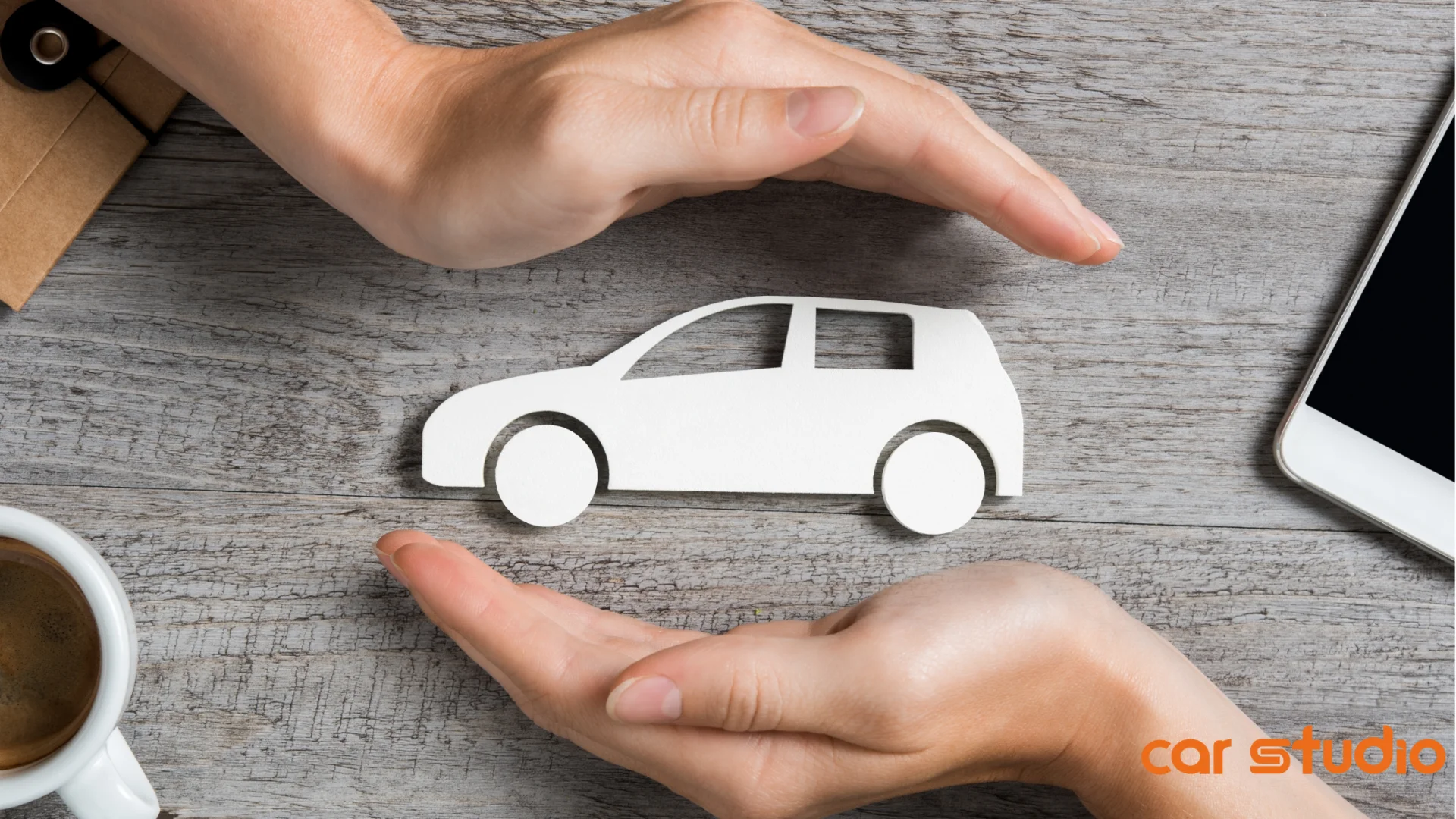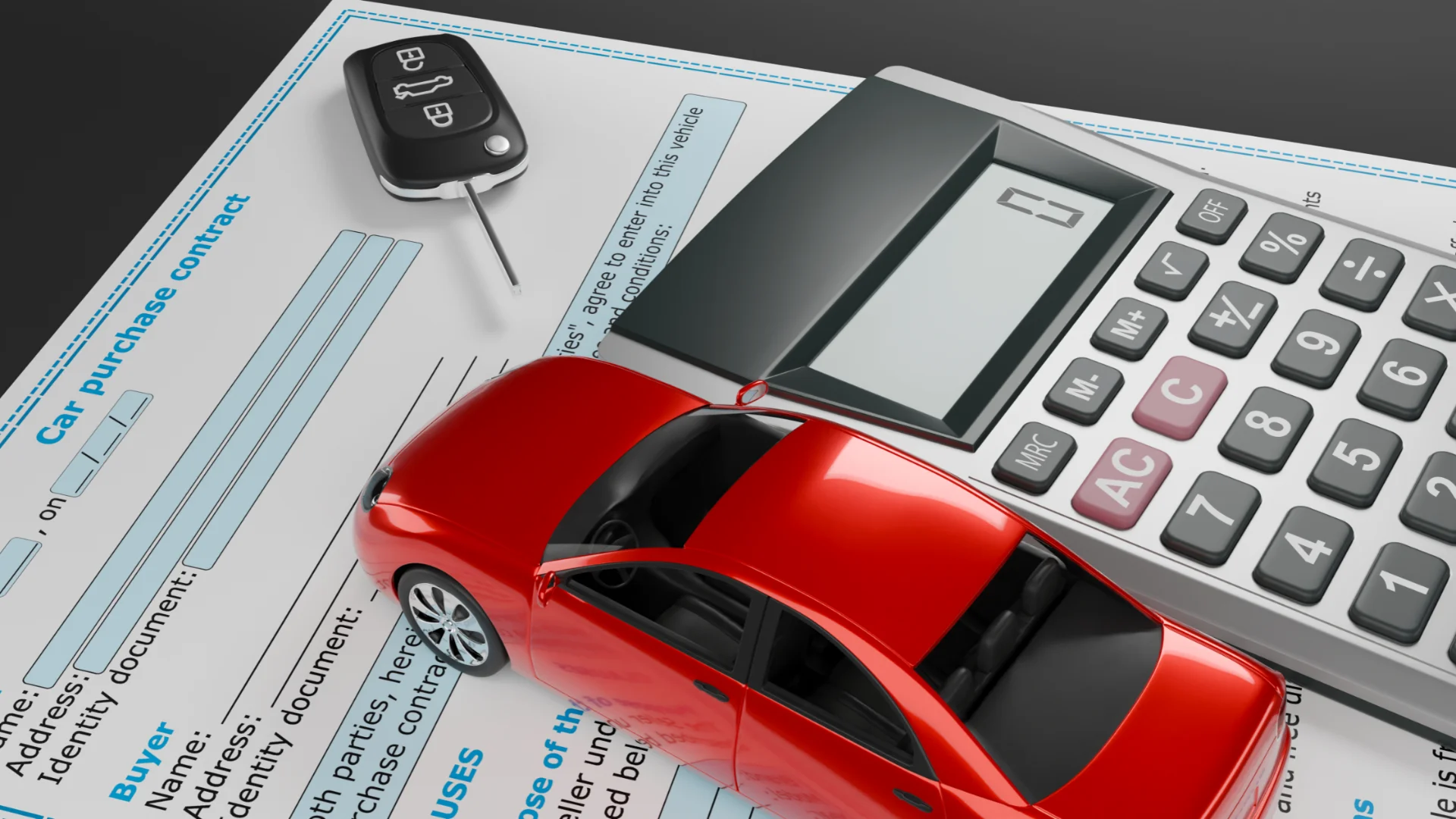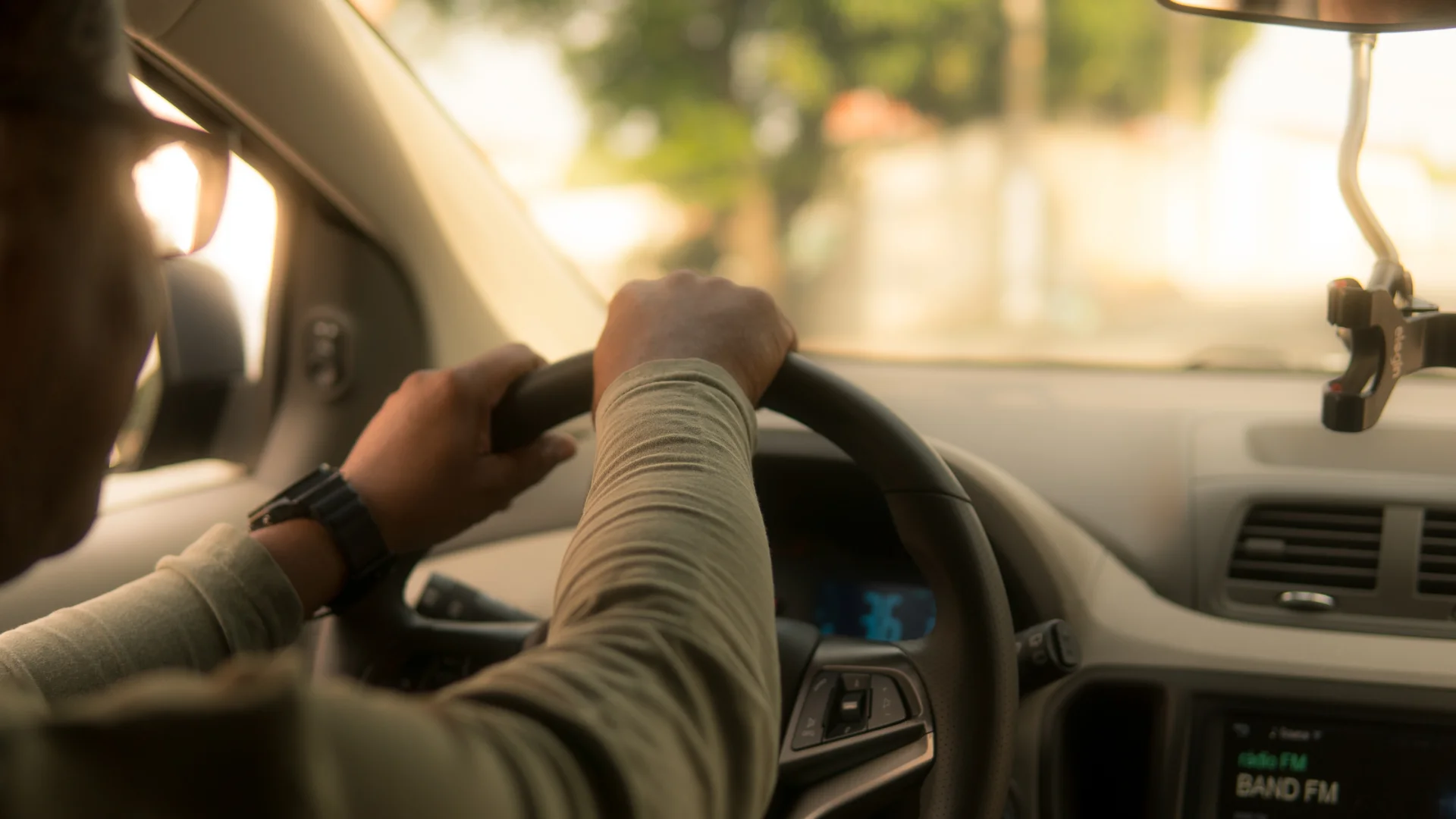
Selling with Emotion: AI-Enhanced Car Photos that Persuade
Table of Contents
Introduction: Why Emotion Still Sells in a Digital World
There’s something timeless about the moment a buyer locks eyes with a car and feels, “This is the one.”
Even in a world where 90% of car shopping happens online, that spark the emotional pull of a photo still determines whether someone scrolls past or clicks “Contact Dealer.”
For decades, salespeople relied on tone, presence, and charisma to create emotional resonance. Now, in digital marketplaces, that role belongs to visuals. A single image must achieve what used to take a test drive and a smile.
This is where AI-enhanced photography becomes a game-changer. By combining machine precision with emotional intelligence, it transforms ordinary car photos into persuasive experiences. And as we’ll see, those experiences drive measurable resultsnhigher engagement, faster sales, and deeper buyer trust.
Car Studio AI stands at the intersection of technology and psychology, helping dealerships and platforms create visuals that not only show a car, but sell the story behind it.
The Visual Importance in Online Car Sales
You already know first impressions matter but online, they’re everything. According to market data, car listings with professional, high-quality photos receive up to 200% more engagement than those with basic images.
When buyers browse dozens of listings per minute, your car doesn’t have five seconds to make an impression it has one. The first image determines if they’ll stop scrolling.
Car Studio AI leverages this micro-moment by introducing AI-driven enhancements that analyze brightness, reflections, composition, and even color temperature to maximize emotional pull.
The result? Images that feel cinematic yet authentic inviting the buyer to imagine themselves behind the wheel.
As explored in Optimizing Car Listings with Emotionally Tuned AI Photos, subtle emotional cues like warmth, symmetry, and contrast can subconsciously influence perception, making the vehicle seem more desirable and trustworthy.
The Psychology Behind Visual Persuasion
Why do some car photos instantly feel right? The answer lies in emotional neuroscience.
When a buyer views a car photo, their brain doesn’t first analyze technical specs it responds emotionally. Studies in neuro-marketing show that people decide based on emotion and justify with logic afterward.
That’s why an image with a warm tone or a sleek reflection can spark an emotional connection long before the buyer reads the listing details.
AI tools can now interpret these emotional reactions, then automatically adjust an image’s characteristics to target specific feelings confidence, excitement, reliability, or aspiration.
Think of it as emotional engineering, fine-tuned pixel by pixel.
From Pixels to Feelings: How AI Understands Emotion
At its core, AI-enhanced photography isn’t just about “making things pretty.” It’s about translating emotion into data.
Using trained neural networks, Car Studio AI’s tools can detect patterns associated with positive engagement like specific light distributions or reflective surfaces that tend to draw user attention.

Imagine you upload a car photo shot on a cloudy day, slightly off-angle. The AI recognizes:
Within seconds, it brightens, rebalances, and recolors the image not randomly, but based on thousands of data points from high-performing listings. The result feels intuitive and emotional, not artificial.
This is the evolution of digital persuasion: emotionally intelligent imaging that aligns human psychology with machine precision.
The Art of Visual Storytelling in Automotive Sales
Every photo tells a story about quality, reliability, and aspiration. The best dealerships understand that buyers aren’t just purchasing a vehicle; they’re buying a vision of themselves.
An SUV parked on a scenic coastal road whispers freedom.
A city shot under modern lighting shouts innovation.
A sleek sedan in minimalist surroundings exudes class.
By curating consistent visual narratives, brands build trust and memorability. That’s why consistency is one of the unsung heroes of conversion.
AI ensures uniformity across listings same lighting tone, framing, and color grading—so your inventory looks cohesive and professional. As highlighted in Dealer Favorites: AI Tools for Car Photos & 360 Views, consistency isn’t just aesthetic; it boosts perceived value and brand authority.
When every car looks like it came from the same “digital showroom,” your brand presence multiplies.
Emotional Engagement Through Strategic Imaging
Here’s where the emotional science meets artistry.
AI-enhanced tools analyze emotional valence (positive vs. negative response) in photos. For example:
Car Studio AI’s system can simulate how each tone and background combination affects user sentiment almost like A/B testing emotions.
That’s the magic of emotionally tuned imagery: it’s not just guessing what works; it’s measuring what feels right.
In fact, some of the most effective dealership campaigns now intentionally alternate between “warm emotional” and “cool professional” imagery to appeal to both intuitive and analytical buyers.
Case Studies: How AI Photos Transform Real Results
Let’s look at what happens when emotion meets automation.
Case 1: A Used Car Platform’s Engagement Surge
A leading European used car marketplace reported a 30% rise in engagement after introducing AI-enhanced visuals. Cars appeared more dynamic, lighting more balanced, and customer browsing time nearly doubled.
Case 2: A Luxury Dealer’s Rebrand
A premium dealership used AI background replacement to unify its listings. Before AI, each image had inconsistent lighting and cluttered backdrops. After the switch, listings exuded a luxury aesthetic resulting in a 17% increase in direct inquiries.
Case 3: 360° AI Views Driving Interaction
As mentioned in AI Tools Car Dealers Love: Background Removal, 360 Car Views & Faster Sales, dealers integrating 360° AI views noticed stronger retention on listings buyers spent longer exploring the vehicle, mimicking the experience of walking around it in a real showroom.
The data tells a clear story: when emotion is embedded in visuals, engagement isn’t just higher it’s deeper.
Overcoming Common Challenges with AI
Even the best photographers struggle with real-world conditions harsh sunlight, tight spaces, or distracting environments.
AI-powered photo enhancement resolves these pain points effortlessly:
The result is consistency across hundreds or even thousands of listings. Dealerships no longer depend on perfect studio setups to create stunning visuals.
Meeting High-Volume Demands: When Speed Meets Quality

In the fast-paced world of automotive retail, time is money. Manually editing thousands of car photos simply isn’t feasible.
AI automates the repetitive parts background removal, lighting correction, logo overlays so creative teams can focus on storytelling and presentation.
The automation scale is particularly powerful for marketplaces, OEMs, and large dealers handling high inventory turnover. Within seconds, hundreds of images can be processed and stylized to meet both technical standards and emotional resonance goals.
In one dealership case study, AI image processing reduced their time-to-market from 48 hours to under 4 hours, drastically improving operational flow.
Efficiency is no longer at odds with emotional quality it’s amplified by it.
The Human Touch: AI as a Creative Partner
One of the biggest misconceptions about AI in photography is that it replaces creativity. In reality, it enhances it.
AI handles the heavy lifting color correction, noise reduction, background balancing—while humans define the tone, mood, and message.
A creative director might say: “Make this sedan feel confident, not aggressive.”
AI translates that intention into measurable image attributes: increased contrast, tighter framing, slightly cooler highlights.
This synergy of human direction and AI execution ensures every image carries emotional consistency and brand integrity.
For dealerships with in-house marketers or creative teams, this partnership saves hours of manual labor while maintaining authentic artistry.
From Showrooms to Screens: The Emotional Shift in Buyer Behavior
Ten years ago, buyers visited an average of five dealerships before purchasing. Now, most visit only one after they’ve already made a decision online.
That means your car’s photo gallery is your salesperson. The digital showroom must create as much trust and excitement as a handshake once did.
High-quality, AI-enhanced images make potential customers linger longer, visualize ownership, and engage emotionally before any conversation happens.
This “silent persuasion” is especially important in an era when buyers scroll with their thumbs instead of walking through doors.
As highlighted in Dealer Favorites: AI Tools for Car Photos & 360 Views, immersive visuals like 360° views or AI-styled showrooms are redefining what “first impressions” mean for digital retail.
Emotionally Tuned Branding: Beyond Aesthetics
AI-driven consistency isn’t just about aesthetics it’s a form of emotional branding.

When every listing on your platform shares a cohesive tone, potential buyers subconsciously perceive your brand as reliable, organized, and premium.
Even small touches like uniform reflection intensity or color temperature build cumulative trust.
And because AI tools analyze past engagement data, your images don’t just look good; they evolve to align with your audience’s preferences over time.
This is where AI begins acting as a feedback loop learning what emotionally resonates and optimizing future visuals accordingly.
The Future: Predictive Emotion and Personalized Imagery
The next frontier of AI car photography lies in personalization. Imagine an AI system that adjusts car photos dynamically based on who’s viewing them.
A younger buyer might see energetic lighting and bold angles.
A family buyer might see the same car presented with warmth and space emphasis.
AI could analyze viewer data, recognize emotional profiles, and fine-tune visuals on the fly creating a bespoke emotional experience for every user.
We’re already seeing prototypes of these adaptive image systems in high-end digital retail. It’s only a matter of time before the automotive world embraces this transformation fully.
Real People, Real Emotions: The Human Side of AI Photography
At the heart of this technological progress is something deeply human: emotion.
Behind every car image enhanced by Car Studio AI is a potential life moment a graduation gift, a first family car, a hard-earned upgrade.
When technology amplifies emotion instead of replacing it, the result is connection.
And connection drives conversions.
That’s why emotionally aware AI is not just a marketing tool; it’s a storytelling medium for the modern era.
Conclusion: The Future Is Bright with AI-Enhanced Imaging
AI-enhanced photography is redefining how we sell cars not by replacing emotion, but by elevating it.
Every photo becomes more than a picture; it becomes a conversation starter, a storyteller, and a sales catalyst.
Dealers who integrate these tools now aren’t just keeping up they’re leading. As technology evolves, the ability to evoke emotion through visual design will separate the sellers who survive from the ones who thrive.
Car Studio AI continues to push that boundary merging psychology, design, and machine learning into tools that empower dealers to sell not just cars, but feelings.
The next time a potential buyer pauses at your listing, take a closer look at what caught their eye.
Chances are, it wasn’t just the car it was the emotion behind the photo.
FAQ: Understanding AI-Enhanced Car Photography
What is AI-enhanced car photography?
AI-enhanced car photography is the use of advanced artificial intelligence to analyze, improve, and standardize car images for online listings. It goes beyond traditional editing by understanding the intent behind the image not just fixing lighting or color, but optimizing how the car feels to a viewer.
Through machine learning, these systems recognize what makes an image perform well: sharp reflections, balanced composition, clean backgrounds, and emotional tone. In practice, that means your vehicle photos don’t just look polished they tell a story. Whether it’s an SUV captured in warm daylight that evokes adventure or a luxury sedan styled against a sleek cityscape, AI ensures the photo emotionally aligns with your target audience.
For dealerships, this is transformative: even with basic equipment, you can now achieve studio-level quality that resonates with buyers.
How does AI improve the emotional appeal of car photos?
Emotions sell cars more effectively than specifications and AI is now trained to recognize what sparks those emotions. By evaluating variables such as color warmth, brightness, symmetry, contrast, and background tone, AI systems can determine what combination of visual cues triggers trust, excitement, or aspiration in a potential buyer.
For instance, warmer tones can subconsciously make a car appear more inviting, while cooler tones communicate precision and professionalism. Adjusting reflections or highlights along body lines can emphasize design details that trigger pride and desirability.
Car Studio AI’s models have been trained on thousands of high-performing automotive images, allowing them to predict how a buyer might emotionally respond before the photo is even published. It’s not just editing it’s emotion engineering, making sure your listing connects instantly with the heart, not just the eye.
Can AI replace professional photographers?
Not quite and that’s a good thing. AI is a remarkable enhancer, not a replacement for human creativity. It can manage the technical side of editing color correction, exposure balance, background cleanup but the artistic vision still belongs to people.
Professional photographers bring context and intuition that machines can’t replicate: the subtle curve of a fender catching afternoon light, the perfect camera angle that makes a vehicle feel alive, the emotional tone that fits your brand.
What AI does is extend that artistry at scale. It ensures every image, whether shot by a professional or taken quickly at a dealership, matches a consistent emotional and visual standard. Many high-end dealerships now combine the two using human creativity for the shoot and AI for rapid, consistent enhancement across their inventory.
Is AI cost-effective for small dealerships?
Absolutely. In fact, small and mid-sized dealerships often benefit the most. Traditional photo editing can be expensive and time-consuming, especially if each image requires manual adjustments. AI-based photo enhancement platforms drastically reduce these costs by automating the entire process from background replacement to light correction within seconds.
You don’t need a dedicated design team or expensive software subscriptions. With a few clicks, even a small business can create visuals that rival the world’s top automotive brands. This accessibility levels the playing field, allowing smaller dealerships to compete visually and emotionally with larger, well-funded competitors.
And because the tools are scalable, you pay only for what you need making it a realistic long-term investment that delivers a measurable ROI.
How fast can AI process car images?
Speed is one of AI’s biggest advantages. While traditional photo editing can take hours or days when working with large volumes AI photo enhancement tools can process hundreds of images in minutes.
For example, a dealership might upload 50 car images from a new batch of inventory in the morning, and by lunchtime, those photos are fully edited, background-optimized, and ready to publish.
This near-instant turnaround doesn’t sacrifice quality. Each image is analyzed and enhanced through advanced models trained on professional photography standards. The result: sharper details, cleaner reflections, perfect lighting balance, and visually consistent presentation across your entire catalog.
In a fast-moving market where listings go live daily, this speed can mean the difference between being first to capture buyer attention or losing it to someone who moved faster.
